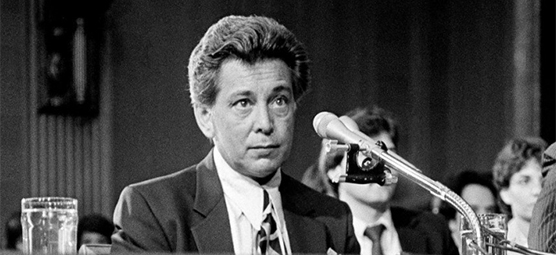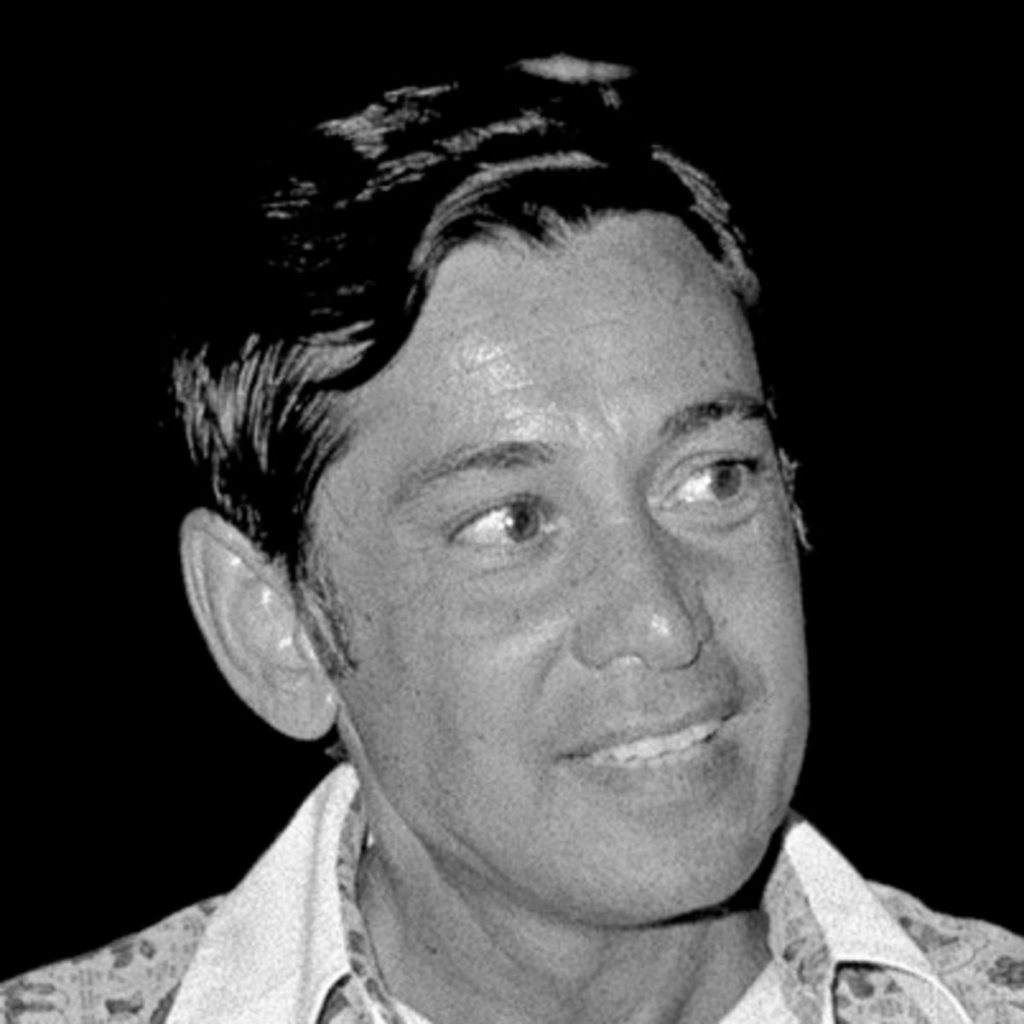Murderous Philadelphia Mob boss dies in prison
Nicodemo “Little Nicky” Scarfo was 87

When a federal judge in Philadelphia sentenced him to 55 years in prison on murder and racketeering charges in May 1989, Nicodemo “Little Nicky” Scarfo just shrugged. Just two weeks earlier, Scarfo, one-time boss of the Philadelphia-South Jersey Mafia, had been sentenced with seven others to life in prison for the 1985 slaying of bookmaker Frank “Frankie Flowers” D’Alfonso.
To go with that, he was also serving a 14-year stretch he got in 1988 for extorting a developer to pay a $1 million bribe to a Philadelphia city councilman, who was to give a share of it to Scarfo.
Scarfo’s life sentence in prison ended Friday, January 13, when he died, reportedly of cancer, at the Federal Medical Center in North Carolina. He was 87.
While Scarfo lost most of ’em in court, he did win a few. In May 1988, he was found innocent with eight other defendants in the 1984 murder of Salvatore Testa, the son of Scarfo’s former boss, Philip “Chicken Man” Testa.
Oscar Goodman, the former mayor of Las Vegas and prominent defense lawyer for accused organized crime figures starting in the late 1960s, defended reputed Scarfo underboss Phillip “Crazy” Leonetti in three trials in Philadelphia in the late 1980s, sitting in federal court beside Scarfo and Scarfo’s attorney, Robert Simone.
“He [Scarfo] was always very nice,” Goodman said this week, noting that Scarfo had arranged for his son, Nicodemo Scarfo Jr., to show Goodman’s mother around Philadelphia and escort her to court. “They said he was a vicious killer, yet they were never able to convict him of these killings for years.”
After Scarfo and his nephew Leonetti beat the Testa murder charges, Goodman said he tried to make good on a bet he made – if they won, he would jump naked into the fountains outside the Four Seasons Hotel in Philadelphia. He made it to the fountains dressed only in a bathrobe, but police on the scene said he faced arrest if he took it off, so he kept it on and partied inside the hotel.
A reporter for the Philadelphia Daily News watched inside the Four Seasons as about 75 partiers, many of them Scarfo’s relatives and friends, celebrated loudly drinking from $160 bottles of champagne and $1,200 bottles of Louis XIII cognac, racking up a $10,000 tab the afternoon of the jury’s verdict.
But less than a year later, in 1989, Scarfo would get the life sentence.
Scarfo headed the Philadelphia-South Jersey Mob starting in 1981, and his ensuing war with rivals would result in more than 20 deaths in the early ’80s.
When he and 16 others in the Scarfo gang were convicted in November 1988 in a racketeering conspiracy involving 13 murders, jurors found Scarfo guilty of directly participating in eight of the slayings, as well as loansharking, bookmaking, drug dealing and 17 cases of extortion. A U.S. prosecutor described Scarfo as “a remorseless and profoundly evil man” who “became one of the most powerful criminals in the United States.”
Scarfo grew up in South Philadelphia, working as a newsboy at a train station and later, though small in stature (5 feet 5, hence his nickname), trained as an amateur boxer. As a young adult, bookmaking served as his entry to Philly’s underworld.
He had a violent temper. While making book for the Philadelphia-South Jersey family in 1963, he stabbed a longshoreman to death in a South Philadelphia diner in an argument over a booth to sit in. Scarfo was convicted and served time. The attention drawn by that incident did not sit well with the family’s don, Angelo Bruno, who exiled Scarfo to the gambling rackets in Atlantic City.
Scarfo bided his time in the crime family throughout the 1970s. His future as a Mob leader brightened in 1980 when longtime boss Bruno was shot and killed on March 21, 1980, on orders from New York’s Genovese family, which for years had affiliated with Bruno’s crime group. The Genovese picked Bruno’s successor, Philip Testa, who chose Scarfo as his consigliere. Within months, four co-conspirators in Bruno’s murder turned up dead. But a few men in Testa’s gang resented the new boss. One was his underboss, Peter Casella, an expert in bomb making who felt unappreciated. A confederate, Teddy DiPretoro, placed a nail bomb Casella made on Testa’s front porch and activated it remotely, mortally wounding Testa on March 14, 1981. Once again, the Genovese stepped in to crown the new boss, and selected Testa lieutenant Scarfo.
Amid the blood already shed by 1981, Scarfo encouraged his soldiers to take part in still more murders to maintain his standing. Philadelphia had never experienced this kind of carnage before with the underworld – an average of six deaths per year from 1980 to 1983. Scarfo concentrated on a gangland opponent, Harry “The Hunchback” Riccobene. He prepared lists of people to target in Riccobene’s sphere for murder. Riccobene in turn hired hits on Scarfo’s men. A Scarfo hitman shot and nearly killed Riccobene. Some of the shootings in the Scarfo-Riccobene gang war were carried out brazenly on the streets of South Philly in broad daylight, shocking the public. Philadelphia police and FBI agents formed a task force to investigate gang murders and set about the tricky job of identifying the killers and their accomplices.
Witnesses to the slayings were afraid to talk, fearing retribution. Scarfo started to play the role of the vain “don,” seeking to murder those whom he felt had disrespected him. The feds set their sights on the Riccobene group and got two of his hit men to testify in exchange for plea deals, leading to Riccobene’s conviction for first-degree murder in November 1984.
Then in November 1986, two of Scarfo’s thugs, Nicholas “Nicky Crow” Caramandi and Thomas “Tommy Del” DelGiorno, who believed they were in danger from the violent Scarfo for what they knew, went to the feds, agreed to tell all and testify about it. Authorities solved 24 homicides thanks to DelGiorno’s information, and three years later won convictions on nine of the murders.
Thanks to DelGiorno, one of those on the hook for homicide – for the execution of bookmaker D’Alfonso in 1985 – was the big fish, Scarfo. The feds hailed Scarfo as the first La Cosa Nostra boss to be convicted of first-degree murder. That was 1989. Scarfo had been behind bars since police arrested him at Philadelphia International Airport on suspicion of extortion back in 1987.
Feedback or questions? Email blog@themobmuseum.org





